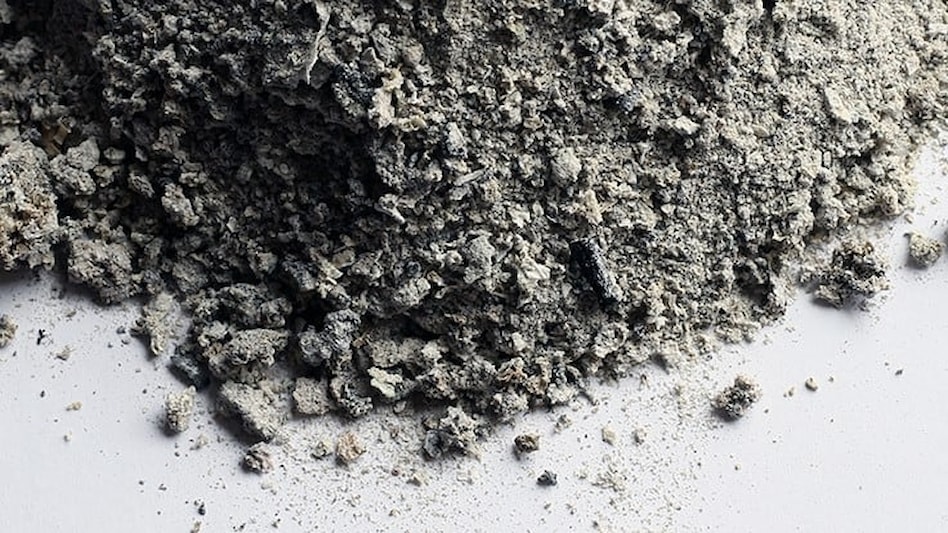Deep processing and utilization of solid waste fly ash

With the widespread use of coal, the global fly ash emissions are increasing year by year, and how to comprehensively utilize it has become a key issue that needs to be solved urgently. A large amount of fly ash is piled up, which not only seriously threatens human health and the surrounding environment, but also wastes precious land resources. For a long time, fly ash as a solid waste has not been fully utilized, making the phenomenon of pollution and waste extremely serious. With the rapid development of social economy, more and more practices show that fly ash can be recycled as an alternative resource. In the current situation of increasingly scarce resources, how to carry out deep processing and application of fly ash to realize turning waste into treasure has become one of the current research hotspots. However, there are still many problems in the deepening utilization of fly ash resources in my country at this stage, such as the lack of stable ways to use fly ash, secondary pollution, and low comprehensive utilization rate and utilization level. In view of this, it is necessary to carry out scientific, systematic and objective evaluation and research on fly ash resources, and actively promote the recycling of fly ash resources, so as to promote the development of a resource-saving society.
1. Resource utilization of solid waste fly ash
At the moment when resources are scarce, finding environmentally friendly and safe resources to replace high energy-consuming and highly polluting resources is an important way to solve environmental problems. Among them, fly ash, one of the solid waste pollution, was once mistaken for toxic and harmful industrial waste. However, existing studies have proved that it is a new type of environmental protection resource. After several years of development, new breakthroughs have been made in the technical means of resource utilization of fly ash.
1.1 Application in cement industry
From the perspective of chemical composition, fly ash is mainly composed of aluminosilicate materials such as SiO2 and Al2O3, which has the characteristics of clay, so it can replace clay ingredients to produce cement. At the same time, putting the remaining carbon used by fly ash into the fuel for calcining cement clinker can save a lot of fuel. When the fly ash is penetrated into the cement mixture, the key is to use its pozzolanic properties, so different types of cement products are produced according to the different dosages. Among them, the pozzolanic material is put into the Portland cement clinker, and the fly ash cement can be obtained by grinding with an appropriate amount of gypsum. Since the 1960s, my country has gradually begun to produce fly ash Portland cement. Among these types of cement, most of them contain 20% to 40% fly ash according to national standards, such as low specific gravity oil well cement, calcium sulfoaluminate cement, etc. Compared with ordinary Portland cement, fly ash type cement has great advantages, such as low heat of hydration, good sulfate resistance, low early strength and rapid growth in later strength, etc. In addition, since there is a certain proportion of unburned carbon in fly ash, a large amount of fuel can be saved by calcining fuel in the process of cement production.
1.2 Application of fly ash in concrete
Fly ash can also be used in concrete. Incorporating part of fly ash into concrete can improve the performance of concrete and save raw material costs. In general, fly ash improves the pumpability of concrete and can be added to aid in conveying concrete to high buildings. In practical application, Shanghai Oriental Pearl TV Tower and Jinmao Building are all successful cases of pumping concrete by mixing fly ash. At the same time, the addition of fly ash to concrete can effectively reduce the heat of hydration, and there are good cases in specific applications. For example, the 1-meter-thick concrete containment of Shanghai Qinshan Nuclear Power Plant has no cracks. In addition, the Shanghai subway project uses fly ash concrete mixed with segments, and the average seepage height is much lower than that of ordinary concrete. The production of fly ash air-entrained concrete is mainly to add an appropriate amount of air agent to the cement, use fly ash as a siliceous material, and obtain it through hardening and pressure steaming. It has better thermal insulation performance than air-entrained concrete made of silica sand.
1.3 Application in rubber industry
In the rubber industry, when the silicon content of fly ash reaches 30% to 40%, it can be used as filler and carbon black reinforcement. When the amount of activated fly ash increases, the stiffness of the rubber compound increases and the shrinkage of the product decreases. At the same time, due to the good compatibility of the rubber material, the fly ash is evenly distributed in the rubber compound, and its mold filling is good, so it can be applied to various types of rubber products. Some scholars added bentonite and waste rubber powder to fly ash to evaluate the feasibility of the material as a waterproof material. The test results found that the exudate and hydraulic conductivity of the material will increase with the increase of the rubber content; the tensile and compression tests show that the tear strength will decrease with the decrease of the rubber content; the freezing test shows that the material internal There are no major flaws. Generally speaking, after the rubber material is added with fly ash, the waterproof material produced has the advantages of low cost, no pollution, safety and non-toxicity.
